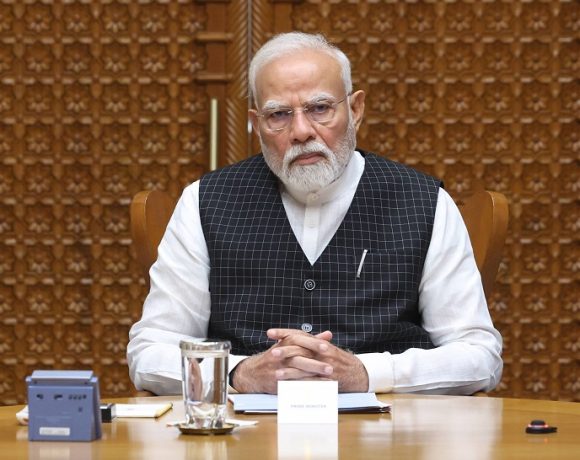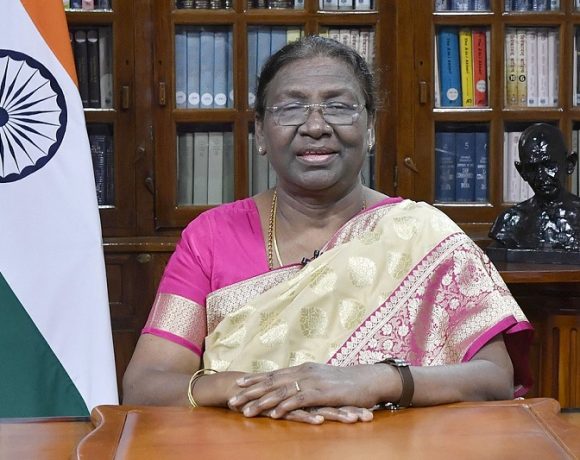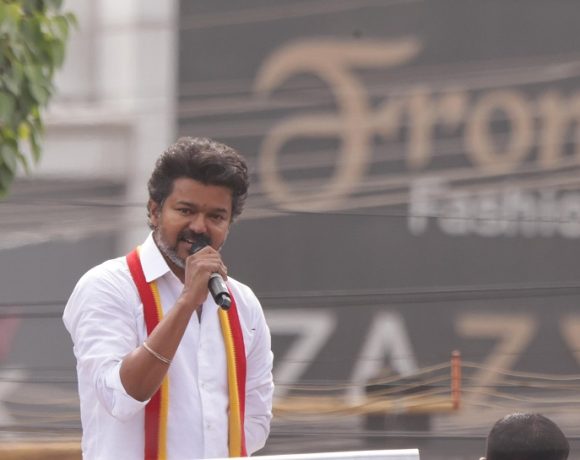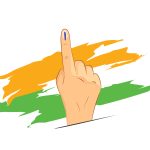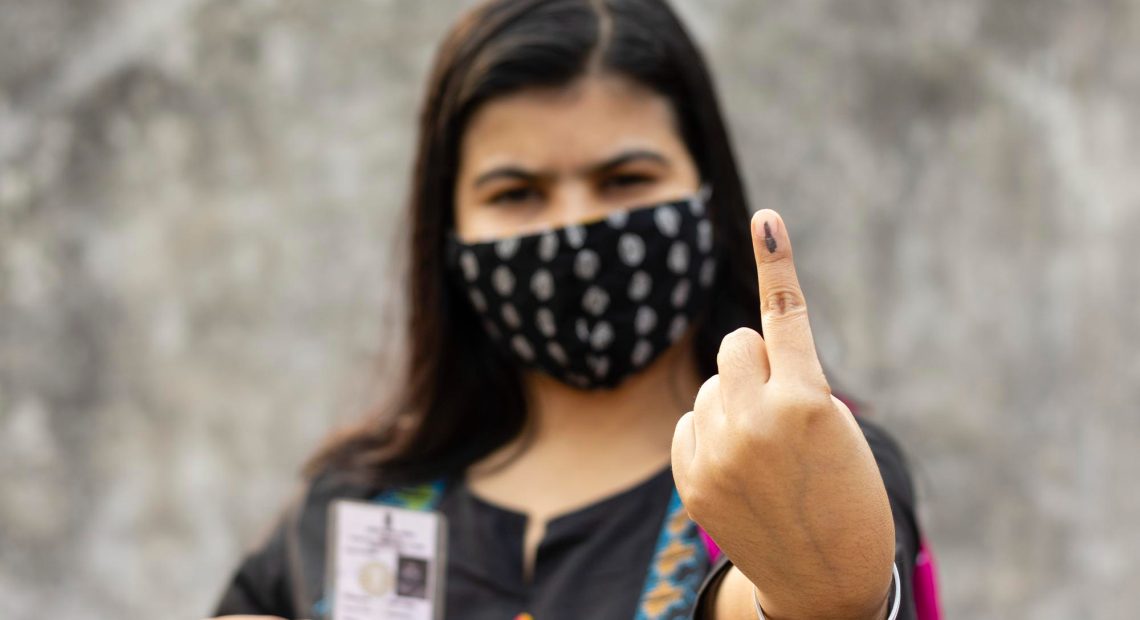
EC Calls NOTA a ‘Failed Idea’ Amid Supreme Court Hearing
The Election Commission of India has informed the Supreme Court that the ‘None of the Above’ (NOTA) option has had an insignificant effect on electoral outcomes since its implementation in 2013. Both the Commission and the Central Government submitted that NOTA has consistently garnered only a tiny fraction of the total votes in elections, never even approaching the vote share of winning candidates.
Supreme Court Reviews Vote Thresholds
The observations came during a Supreme Court hearing examining whether a minimum threshold of votes should be necessary to declare a candidate elected, especially in uncontested polls. The Bench, comprising Justices Surya Kant and N. Kotiswar Singh, raised the possibility that candidates should secure a basic percentage of votes, even when unopposed, in the interest of democratic accountability.
In its response, the Election Commission noted that uncontested elections are extremely rare in India, with only nine such instances occurring in general elections since 1951. It added that any mandate requiring a vote percentage threshold or recognizing NOTA as a binding vote would need significant amendments to the Representation of the People Act, 1951, and the Conduct of Elections Rules, 1961.
NOTA: A Symbolic Protest, Not a Disruptor
The Election Commission characterized NOTA as a “failed idea” that has not lived up to the expectations of becoming a viable protest mechanism. In every election, NOTA has received significantly fewer votes than any winning candidate, thereby not affecting the final outcome in any meaningful way.
The Commission further dismissed the idea that NOTA could be treated as a default contesting candidate in cases where elections are uncontested, stating that current electoral laws do not permit such an interpretation.
The Road Ahead
NOTA was introduced following a Supreme Court directive to allow voters the option to reject all candidates. While seen as a progressive reform at the time, its lack of electoral consequence has led to continued debate on its relevance. Though some local elections have experimented with binding NOTA outcomes that trigger re-elections, such practices remain limited and inconsistent.
As the Supreme Court deliberates on possible electoral reforms, the role and utility of NOTA in India’s democracy remains under the scanner.



